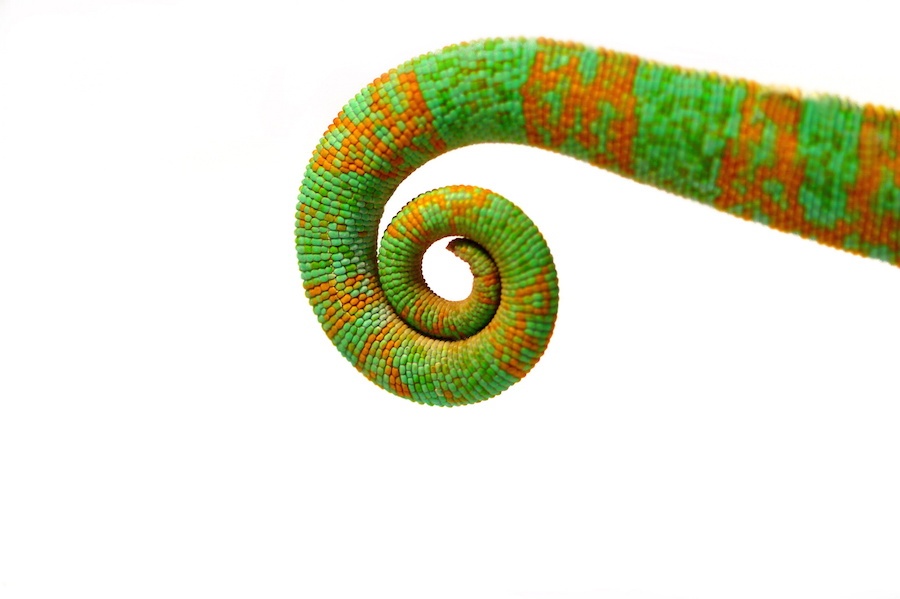
Hit products form common points of interests that bring in the masses. Think of the “People who bought this also bought these” section of or the “If you liked this movie, check out these other titles” recommendation. For example, hits are useful in driving traffic into the Long Tail. While Anderson preaches of the growing importance of the Long Tail, he notes that hit products still play an important role. Anderson predicts that the future will be all about niche products-projecting that in aggregate, they will become half or more of the volume in many product categories. Whereas in the past, businesses would have to pander to the lowest common denominator with hits, they can now attack the niches more profitably.

The cost of warehousing and shelf space has been so reduced-in some case to zero-that it has become economical to serve these markets. This is a standard case where supply & demand don’t meet.Įnter the Internet and the new economy. Additionally, there is often a supply of products for these markets, but their sale and distribution are not economical because of the lack of geographical density. As a result, there are significant markets which are not being served because they are not singly large enough, or are large but not concentrated enough geographically. This drives them to focus on generating “hits” that fall into the top 20% of the popularity distribution. Anderson argues that the world is not 80/20 after all and that businesses are realizing that there are large underserved markets of consumers who demand the obscure products that populate the far right-hand side of the product distribution, the long tail.Īnderson claims that most businesses are entrenched in the old way of thinking which revolves around the 80/20 rule. In fact, some people (not these authors, of course) have even gone as far as to apply the 80/20 rule their HBS case reading habits-arguing that 80% of learning probably really only comes from doing 20% of the reading.Ĭhris Anderson, the Editor-in-Chief of Wired magazine, traveled to HBS last Tuesday to shake-up this concept and introduce a revolutionary new theory that he discovered and coined “The Long Tail.” Through his interpretation of interesting new data from Internet sales of music and books, Mr.

This rule has been demonstrated to hold true in a wide variety of contexts ranging from CD sales at Wal-Mart to box office receipts of Hollywood studios. The oft cited “80/20 Rule” of business dictates that 80% of a firm’s revenue can usually be attributed to only its top 20% of products.


 0 kommentar(er)
0 kommentar(er)
